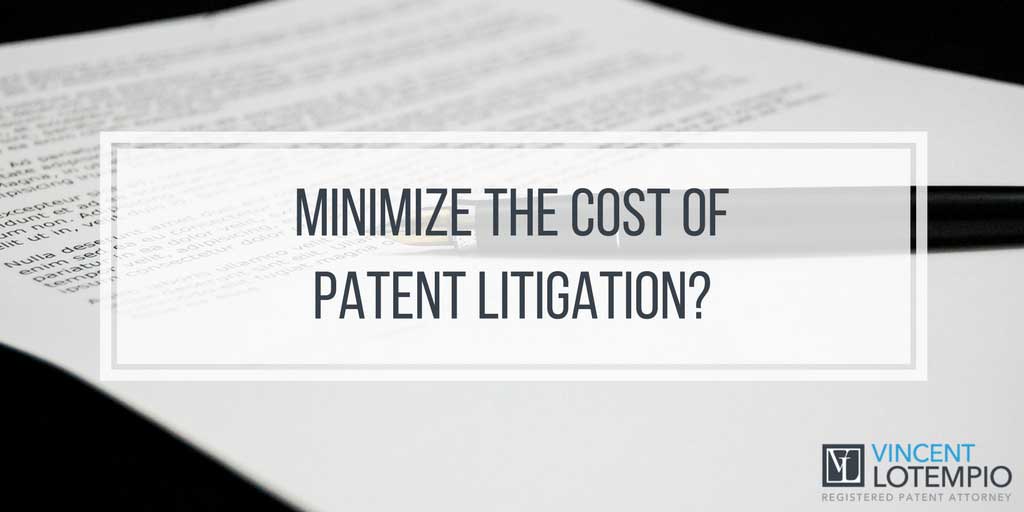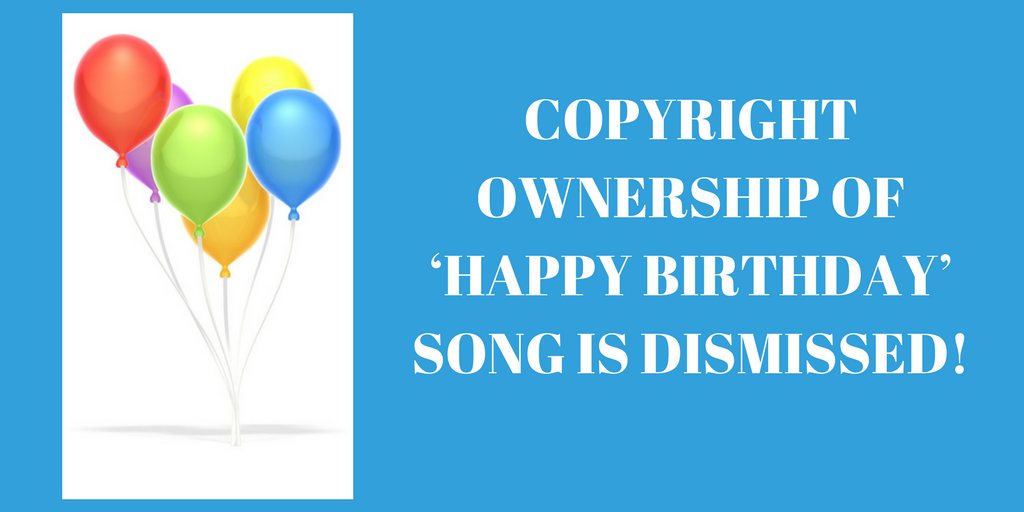Six Steps to a Patent Search
Six Steps to a Patent Search
- Keywords: Before I begin my search I must make a through and detailed list of keywords that will best describe my invention. Keywords will include different variations of the object.
- Conduct a CPC: CPC refers to Cooperative Patent Classification and will scan results based off the keywords that I inputted. From here I will try to find the class most suitable for my invention. If, the system finds no results then changing the wording and alternating the language will be necessary.
- Confirm the CPC: It’s important to play close attention to the definitions provided so that the invention is being classified correctly.
- Retrieve CPC documents: Once you have verified your CPC class it is then time to go into the system and see if other inventions are similar to yours. Collect and save documents that align most closely with yours to be later reviewed. Be sure to view the patent images under each file in order to give you a better picture of similar designs.
- Review each patent publication: Pay close attention to the legal claims already granted to the patent holder, in addition to the drawings and specifications.
- Review current applications and extend your search: Once you’ve established similar patents to your invention it is now time to review current applications being processed. Go through the images once more to narrow down closely related inventions.
Above, I briefly outlined the basic steps for conducting your own patent search which will require a great deal of your time and attention. The patent search is just the first step to filing your application. It is imperative that the search is done correctly to prevent delays with the application process. Seeking legal advice is recommended when filing through the United States Patent and Trademark Office database.




